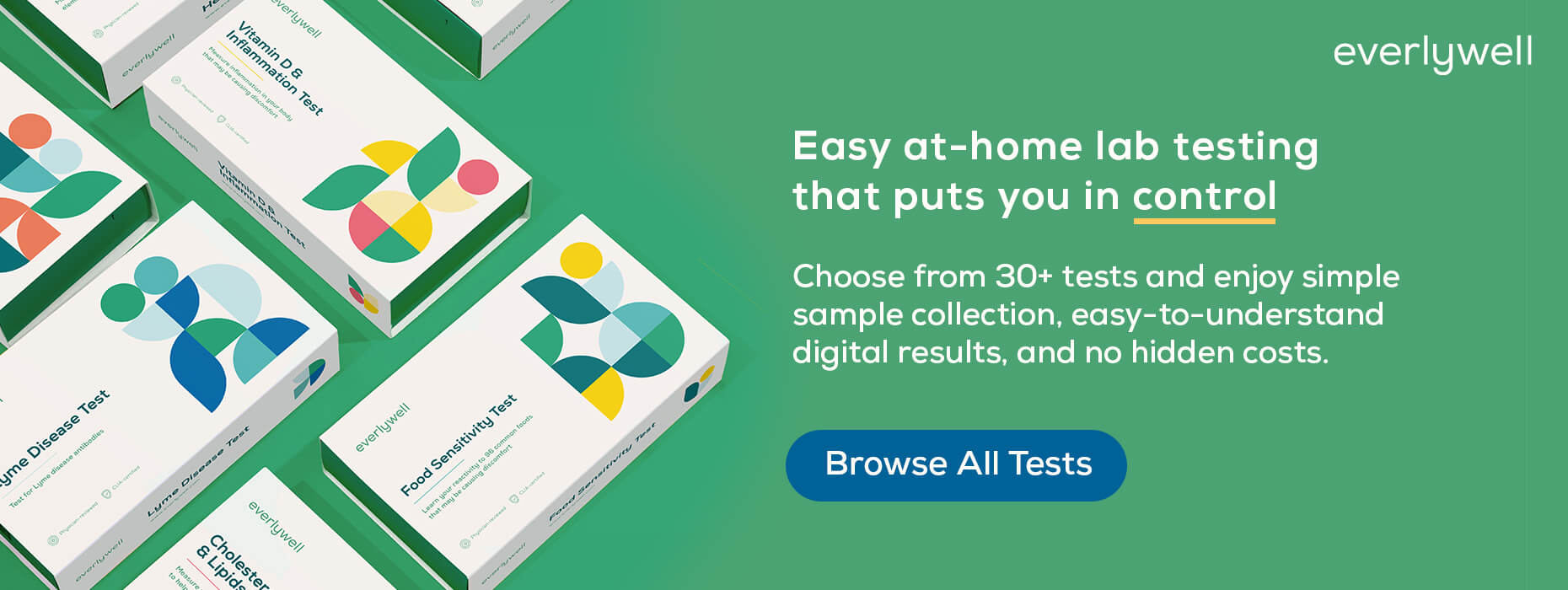What is a diminished ovarian reserve?
Medically reviewed on February 15, 2022 by Jordan Stachel, M.S., RDN, CPT. To give you technically accurate, evidence-based information, content published on the Everlywell blog is reviewed by credentialed professionals with expertise in medical and bioscience fields.
Women don’t make new egg cells. In fact, they are born with as many eggs as they will ever have. Over time, this number gradually subsides until they eventually reach menopause, which marks the end of menstrual cycles and the ability to bear children.
The process varies for everyone, but the reduction in egg count can be quicker for some. This is known as diminished ovarian reserve [1]. While FSH tests can help individuals understand if their egg quantity may be adequate for their age, it’s also helpful to know the specifics of this diagnosis. Read on to learn more.
What is Your Ovarian Reserve?
The ovarian reserve is a fancier way of referring to egg cell count. When they are born, women have approximately 2 million immature eggs in the ovaries. As they reach puberty, the egg count is about 300,000 to 400,000. Following puberty, women lose about 1,000 eggs per month.
It’s commonly misunderstood that women only lose one egg per month through the menstrual cycle. In reality, 30 to 35 eggs (nestled within resting follicles) begin their 85-day development toward ovulation. At any given time, the follicles in the ovaries are in various stages of rest and growth. Only one egg per month ever actually reaches full ovulation, a process describing the egg’s release from a follicle.
At about age 37, the average egg count is at about 25,000. This translates to about 15 more years until menopause is reached.
Understanding Diminished Ovarian Reserve
Diminished ovarian reserve, sometimes referred to as low ovarian reserve, is a condition wherein a woman’s ovaries lose reproductive potential. This is characterized by poor egg quality and a low egg count, both of which can make fertilization extremely difficult.
Diminished ovarian reserve is one of the most common causes of infertility, particularly among those over the age of 35. It affects about 10 to 30 percent of patients with infertility issues. Although diminished ovarian reserve can be spurred by illnesses or injuries to a woman’s ovary, the condition is most often a result of natural aging.
Fewer viable eggs can make conception difficult, but diminished ovarian reserve can also negatively affect egg quality. Poor egg quality or older eggs can contribute to chromosomal abnormalities, or aneuploidy, which may result in a higher chance of birth defects [2]. However, more often, aneuploidy can result in miscarriages that occur at early stages before you even know that you’re pregnant. This can be dangerous and potentially life-threatening.
For those trying in vitro fertilization, a diminished or poor ovarian reserve can cause problems with implanting embryos or even fertilizing eggs.
Diagnosing Diminished Ovarian Reserve
Clinicians offer a variety of ovarian reserve tests to diagnose diminished ovarian reserve and determine general fertility levels.
Day 3 FSH level test – FSH, or follicle-stimulating hormone, is a chemical produced by the pituitary gland. It is responsible for stimulating the maturation of follicles and the release of an egg during ovulation. FSH levels can essentially help to determine how hard the body must work to ovulate. If you don’t ovulate, your FSH levels may be constantly elevated, which can signal diminished ovarian reserve.
Antral follicle count – Antral follicles are follicles that can be viewed and counted using ultrasound imaging. By counting the number of antral follicles, your fertility specialist or healthcare provider can accurately estimate the number of general follicles in the ovaries. This can then determine ovarian reserve and fertility potential.
AMH level test – AMH, or anti-Mullerian hormone, is produced by follicles in their early stages of growth. While testing for this hormone level won’t provide much insight into egg quality, AMH levels can provide information about the pool of growing follicles within the ovaries. This can indicate how likely the production of more healthy egg cells is.
There is no treatment for diminished ovarian reserve, but ovarian reserve testing and checkups can help you develop plans for your reproductive health. Everlywell offers an at-home Women's Fertility Test that uses day 3 FSH levels to determine your egg count. From there, you can consult with your healthcare provider and take the right steps for fertility and family planning.
Related content
How to improve egg quality and quantity
References
1. Diminished Ovarian Reserve. ColumbiaDoctors. URL. Accessed February 15, 2022.
2. Genetic Disorders. American College of Obstetricians and Gynecologists. URL. Accessed February 15, 2022.
